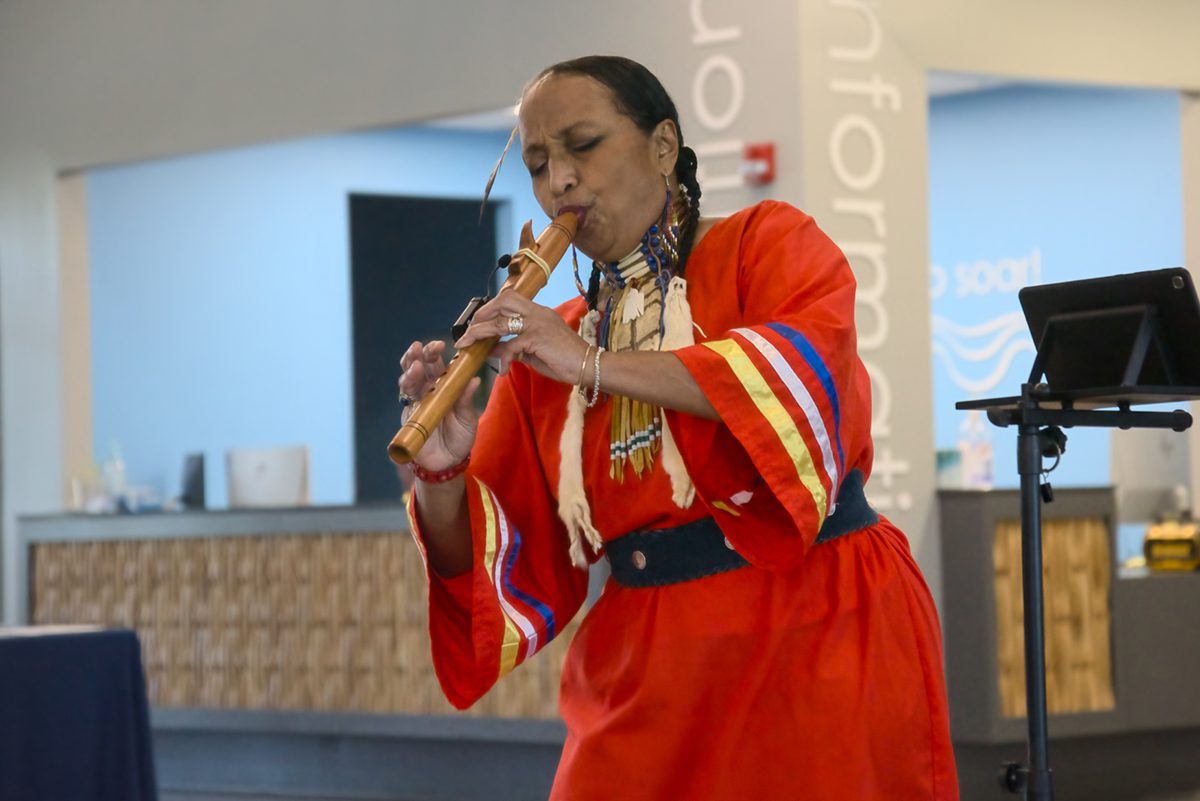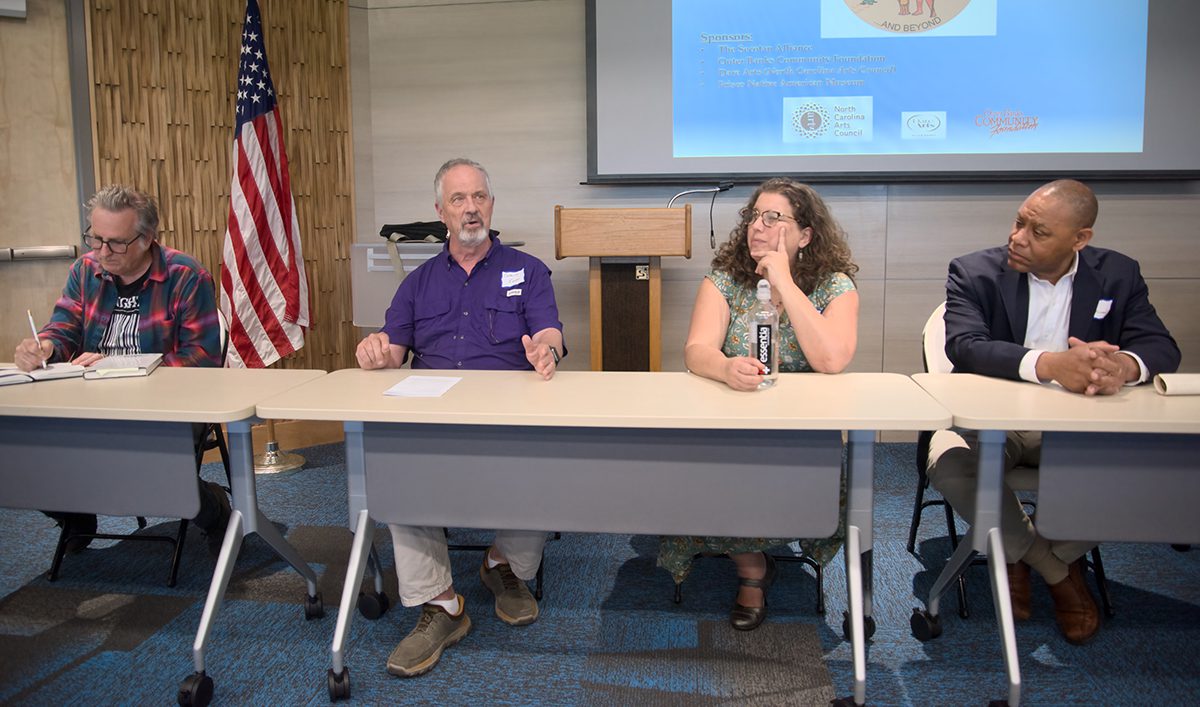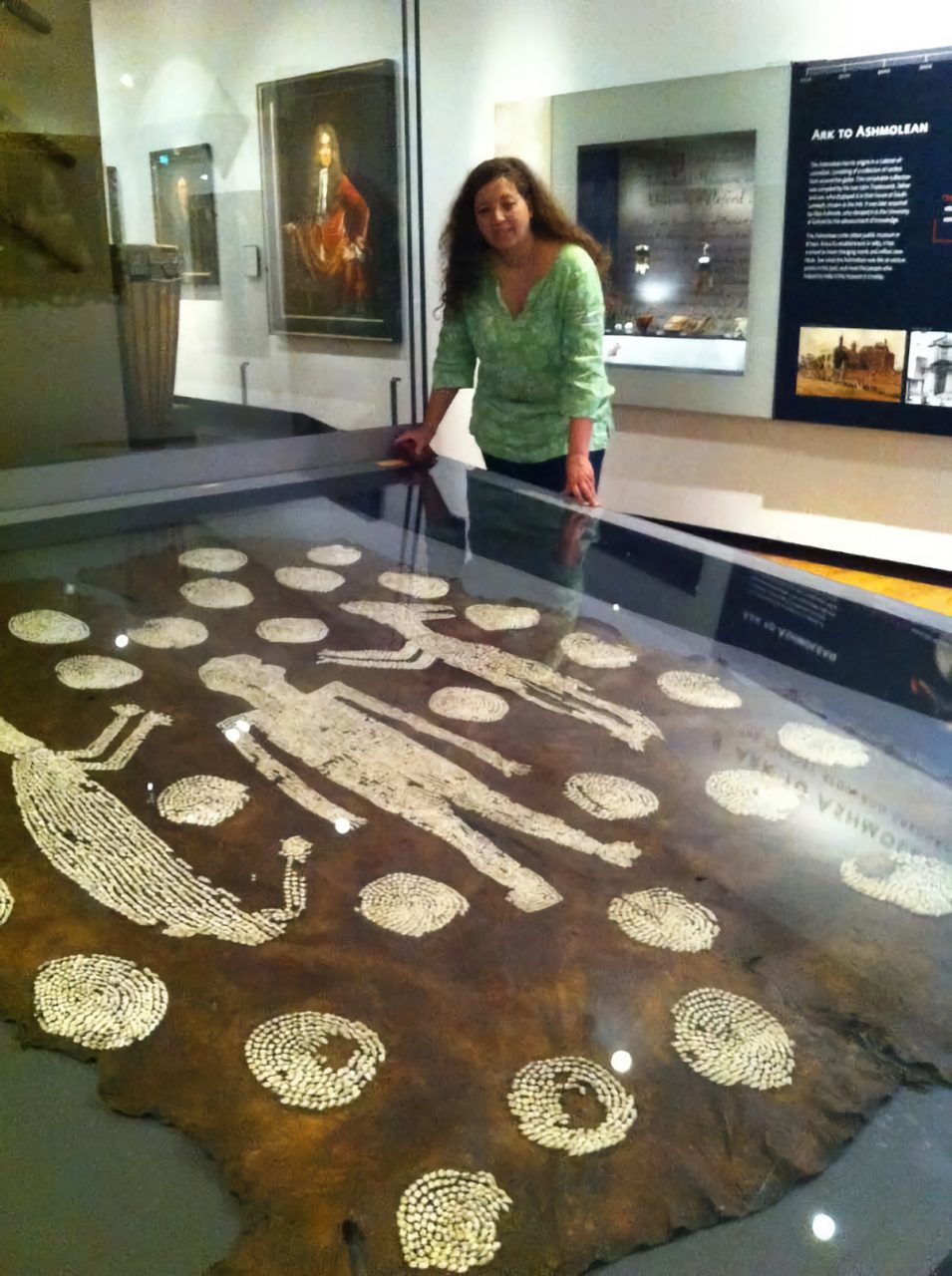
MANTEO — A two-day program held here last week brought together researchers who study the Indigenous people of the late 16th century who lived in what is now northeastern North Carolina.
Held on the College of The Albemarle Dare County Campus, the two-day program, “In the Spirit of Wingina … and beyond,” was sponsored by the nonprofit Secotan Alliance and focused on what happened when the English first encountered the Native peoples of the Albemarle region.
Supporter Spotlight
The event’s keynote speaker, Dr. Michael Oberg, distinguished professor of history at the University of New York at Geneseo, is the author of “The Head in Edward Nugent’s Hand,” which details the events leading to the death of King or Chief Wingina of the Roanoac.

Wingina was among those to first greet English captains Philip Amadas and Arthur Barlowe. In their account, the explorers reported to Queen Elizabeth I that “The king is called Wingina, the countrey Wingandacoa.”
The captains’ account makes clear that Wingina was initially friendly to the English.
“Hee made all signes of joy and welcome, striking on his head and his breast and afterwardes on ours to shew wee were all one, smiling and making shewe the best he could of al love, and familiaritie,” the explorers wrote.
By the time of the second English expedition, however, under the military command of Ralph Lane, European disease had begun to ravage the Native populations. Wingina was apparently becoming convinced that there was something spiritually out of balance in the lives of his people.
Supporter Spotlight
Oberg noted during his talk that the Roanoke were at the time part of the Algonkin, or Algonquin, people and that they operated, “on a belief that bad things happen for reasons often tied to the failure or the ineffectiveness of rituals or the malevolence of spiritually powerful figures.”
The Roanoac attempted prayer with the English, with Wingina and his people going to great lengths to change the horror of the diseases that were ravaging their villages.
“He (Wingina) and some of his people took the Bible, the most physical manifestation in English ritual … and rubbed the book on his body,” Oberg said.
Nothing worked and so the Native people withdrew from Roanoke Island, but before leaving, Wingina told Lane there was a gathering of tribes at the headwaters of the Albemarle Sound that were planning on attacking and wiping out the English.
Lane headed to the village of Chowanoac, captured the chief, who under duress said that Wingina was the actual plotter.
Lane then returned to Wingina’s village where he requested a meeting over what he claimed was the theft of a silver cup.
On June 15, 1586, Lane and Wingina met.
“After some time talking, Lane yells out the password, ‘Christ our victor,” and they opened fire,” Oberg said of the incident.
Wounded, Wingina ran into the forest with English soldiers in pursuit. Sometime later “… Edward Nugent emerges from the woods with Wingina’s head.”
With that history of deception and violence on the part of the English, the failure of the Roanoke Colony and the 115 to 120 colonists who arrived in 1587 may have seemed preordained.
There were, however, other factors.
Studies of tree rings show that the colonists arrived during a time of extreme drought, when it was all the area Tribal nations could do to feed themselves.
There was also a diplomatic outreach from the governor of the colony, John White, following the killing of colonist George Howe at the hands of a tribal leader, Wanchese.
The attempted diplomacy ended disastrously, with White, who had failed to get what he wanted from the local tribe, attacking a village, where “he kills the wrong people,” Oberg noted.
“And, like all little men and cowards, blame the victims,” Oberg continued. “‘If only they told us they were there, we wouldn’t have killed them.’”
Oberg, who had attended opening night of the outdoor drama, “The Lost Colony,” on Roanoke Island on the night before his lecture, talked about how the drama interpreted historic events.
“If you went to the play, you’ve seen one version of (what happened). I’m certain I don’t know what happened,” he said. “Whatever happened, Indigenous people decided their fate.”
For the Native people, it was the beginning of a period of change that was traumatic and devastating.
Oberg emphasized that there is a tendency to think of the story of the founding of the United States as a seminal event, but to the Native people it may have simply been a continuation of what they had already been experiencing.
“Was it just one chapter in a prolonged era of warfare that ran from the middle of the 18th century through the first quarter of the 19th century, the replacement of one tyrant imperialist, George III, with another, George the First, Washington?” Oberg asked.
Symposium attendees also heard from Dr. Charles Ewen, East Carolina University Harriet College Distinguished Professor of Anthropology, who explained how few contemporaneous accounts exist and that those accounts are from a European perspective.
He pointed in particular to what the Native tribes described as a village that would be the modern equivalent of a “crossroad where there’s a 7-11 and a gas station.”
North Carolina Central University Dean of Arts, Social Sciences and Humanities Dr. Arwin Smallwood was reared in Bertie County and is a member of the North Carolina Tuscarora people. He focused on the history of the Tuscarora Nation and the relationship between North Carolina and New York stat,e where many of the Nation moved after the 1711-15 Tuscarora War.

Dr. Gabrielle Tayac shared a description of Powhatan’s Mantle, a decorative garment that has been in England since the middle of the 17th century. Now housed at the Ashmolean Museum in Oxford, England, it could be worn, although it is so large and heavy it was doubtful that it would have been.
Consisting of four hides sewn together with sinew and thousands of shells embedded in the fabric, the work that went into the piece is extraordinary, as is its artistry. As an example of the skill and creativity of the people of the coastal area, there may be nothing else quite like it.
Also included during the two-day event were the sounds of Native American song, dance and storytelling performed by solo performer IOSDN.







